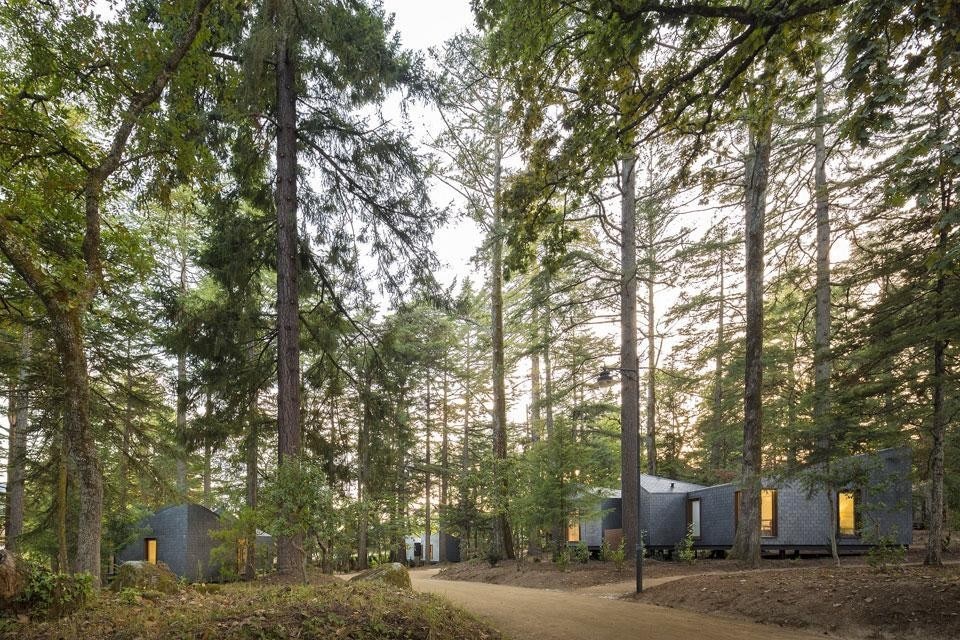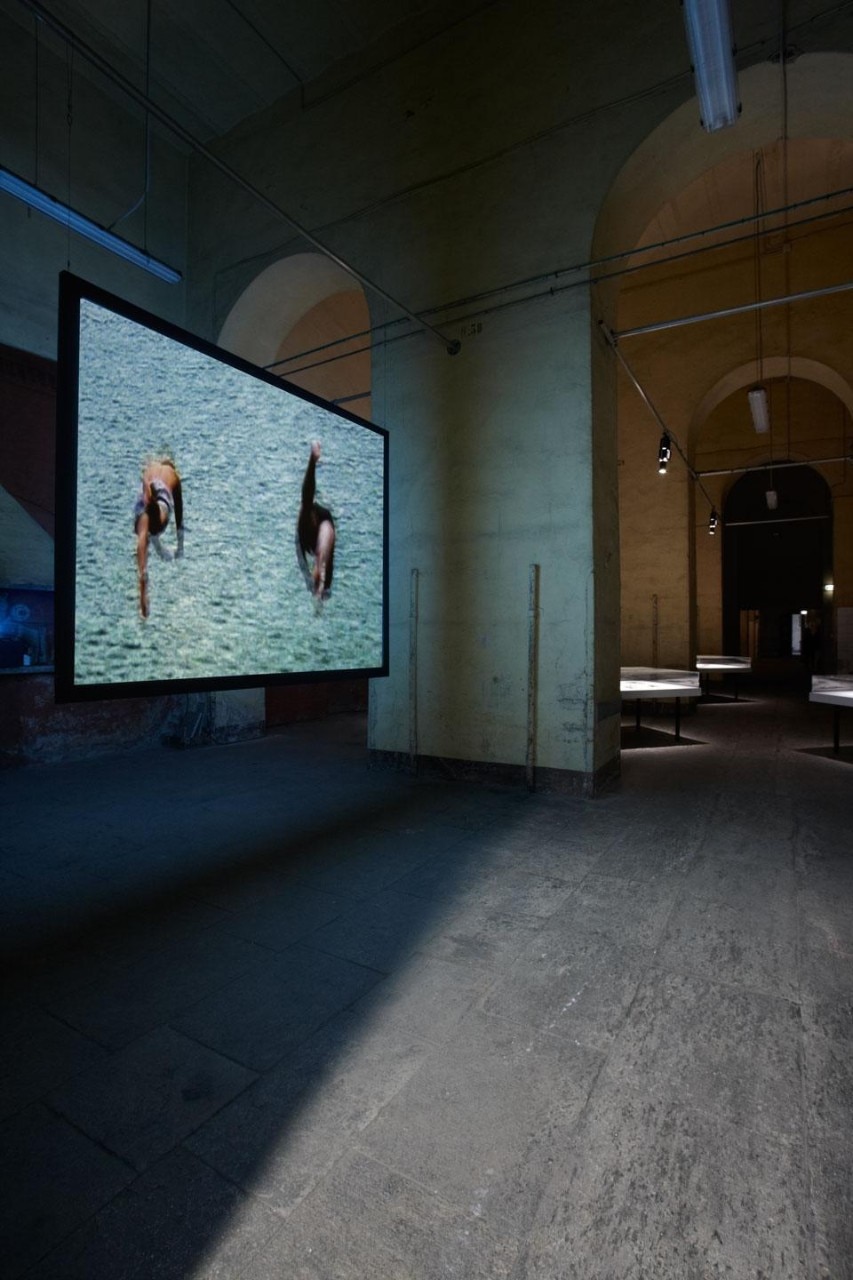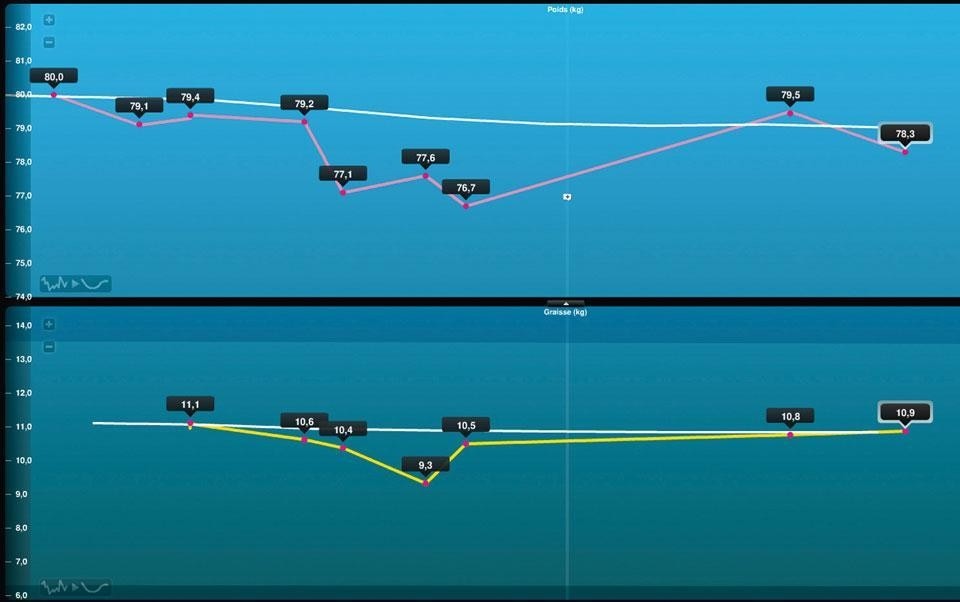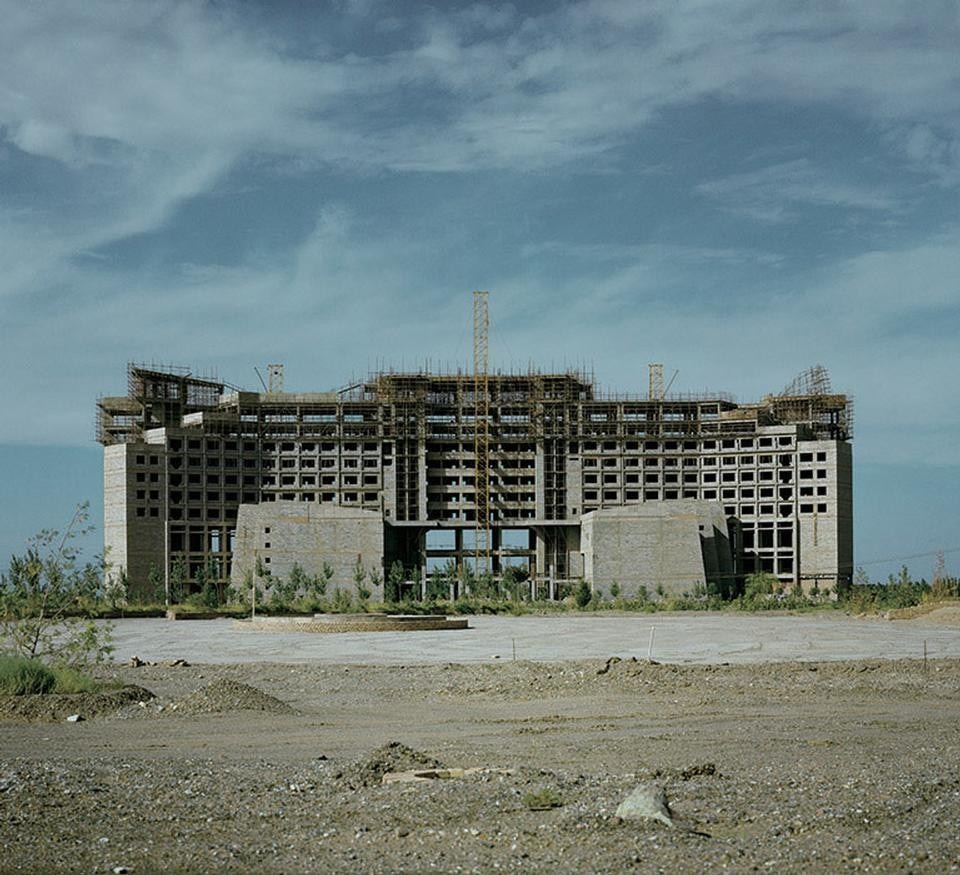Rubble and Revelation
An art report from Milan by Martina Angelotti
Cyprien Gaillard's research explores the tensions and hardships of our century, which began with the collapse of the Twin Towers and continue to manifest. Industrial archaeology, rundown parts of the city and memories buried beneath the rubble of ideological failure paint a picture of the recent past, impacting on transforming the current one. It is not, therefore, merely a question of time or chronological succession. The past returns in the present through highly inconsistent manifestations of demolition, conservation, preservation and reconstruction. Gaillard's work helps us trace a map of the present that incorporates a form of "expanded vandalism": from the most obviously anti-institutional experiments to those of dubious appeal dictated from above by urban regeneration and reorganisation policies.
[ Read the full article ]

A photo-essay from Hong Kong by anothermountainman
As China relaxed its economic restrictions and reopened the doors to foreign investment in the 1980s, the whole nation was thrust into a craze of buying and selling almost anything that had a slight hint of profit. Property projects became the most sought–after investments. In order not to lose out, people hastened to pour their lifelong savings into real estate deals, sometimes without having even seen a brick. With corruption prevalent and an overheated economy, problems soon abounded.
The bubble finally burst and millions of square metres of land were left unfinished. In 1998, in Hainan alone, a combined floor space of 16,3 million square metres were aborted or left unfinished. This wave of abortive building construction spread across other Asian cities which were also experiencing meteoric economic growth. People in China termed these projects lan wei lou, "lan" meaning "decaying", or "rotting" while "wei" is "the tail", "the ending". Therefore, lan wei means more than just "unfinished".
[ Read the full article ]

A design report from Portland by Dan Hon
So a few things happened. I got a Lifescan OneTouch UltraMini — a blood glucose meter — and started measuring my blood sugar first thing in the morning, and before and after each meal. I bought third-party software — Glooko — so I could liberate the data held in my blood sugar meter. I got a Withings scale that uploaded my daily weigh-in to the cloud. And I got a Nike FuelBand and a Fitbit — two devices that I wear all day and that silently watch over me to make sure I'm moving enough. Six months later, my HbA1c is at 5.4: comfortably inside the normal, healthy range. From one perspective I had a major reality check from a medical professional, delivered in an uncompromising manner. On the other hand, a suite of services and devices I assembled helped me become aware of my behaviour and then change it. Effectively, I'd healed myself through data.
[ Read the full article ]
Sandy, one month later
An op-ed from New York by Ben Abelman
One month after Hurricane Sandy made landfall north of Atlantic City, pushing a celestially swollen storm surge into New York harbour, the narrative of the storm has shifted from the immediate impact and near term recovery efforts to the question of "what will we do to protect the city against storms in the future?" Hurricane Sandy will not be an anomaly. The Governor of New York State Andrew Cuomo continues to half jokingly state, "we have a 100-year flood every two years now," forging a reactionary initiative of thinking big about New York City's future storm surge protection plans. But as the citizens, City Agencies and groups such as Occupy Sandy (an offshoot of the Occupy Wall Street movement) continue to provide human capital to aid in the thousands of individual problems left by Sandy's aftermath, the question becomes how can we reconcile this grassroots action with the massive capital spending reaction and forge a new participatory infrastructure?
[ Read the full article ]

Portuguese architects Luís Rebelo de Andrade and Diogo Aguiar have recently completed a set of seven houses for the eco-resort of Parque de Pedras Salgadas, in the north of Portugal. The small dwellings are suspended in pillars and delicately hover above the ground, completely integrated within the surrounding nature.
Designed in a modular, prefabricated system which allows for different combinations of the same three modules — entrance/bathing, living, sleeping — the houses are extremely flexible, and able to adapt to diverse spaces within the park, creating different morphologies and diverse dialogues with the surrounding nature: occupying the empty spaces between the trunks of large trees in the park, and allowing each home to be unique.
[ Read the full article ]


